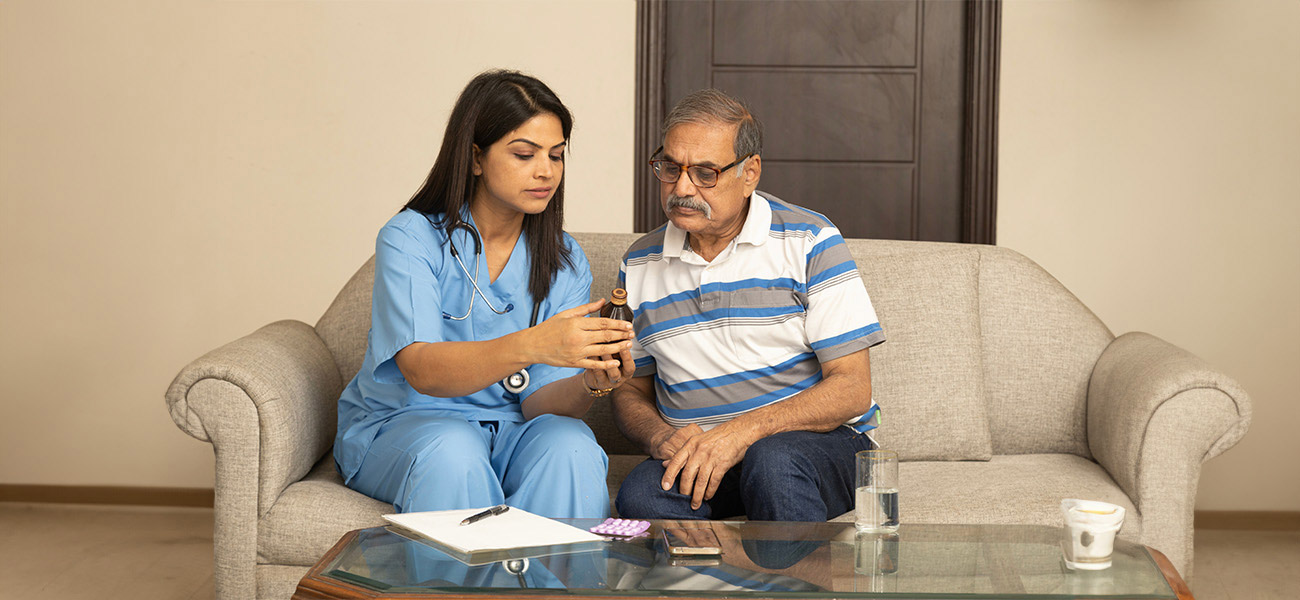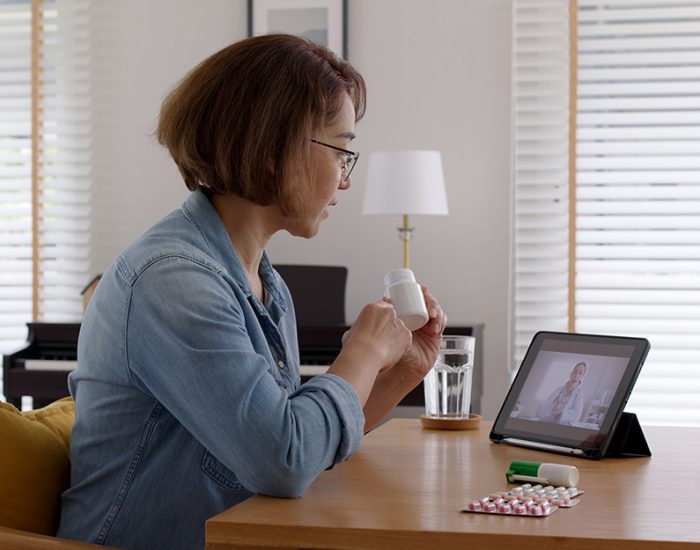Understanding the Causes, Symptoms, and Solutions of Urinary Incontinence
Urinary incontinence is a topic that many people shy away from discussing, yet it affects millions worldwide. If you’ve ever found yourself rushing to the bathroom or dealing with unexpected leaks, you’re not alone. Let’s dive into understanding what causes this condition, how to recognize it, and, most importantly, how to manage it effectively.
What Causes Urinary Incontinence?
Urinary incontinence isn’t a one-size-fits-all condition. Various factors can contribute to it, and understanding these can help in finding the right solution.
Weak Pelvic Floor Muscles:
- Childbirth and aging can weaken the muscles that support your bladder.
- As these muscles weaken, they struggle to keep the bladder closed, leading to leaks during activities like coughing, laughing, or exercising.
Overactive Bladder:
- Sometimes, the bladder muscles contract too often, creating a sudden, intense urge to urinate.
- This can happen due to neurological conditions, infections, or simply an overactive bladder.
Hormonal Changes:
- Women often experience urinary incontinence during menopause because of decreased estrogen levels, which affect bladder control.
Prostate Problems:
- In men, an enlarged prostate or prostate surgery can interfere with normal bladder function, leading to incontinence.
Neurological Disorders:
- Conditions like Parkinson’s disease, multiple sclerosis, or stroke can disrupt the nerve signals involved in bladder control.
Medications:
- Certain medications, such as diuretics or sedatives, can increase urine production or relax the bladder muscles too much.
Lifestyle Factors:
- Obesity, chronic coughing, and even diet can influence bladder control.
- Carrying extra weight can put pressure on your bladder, while certain foods and drinks (like caffeine and alcohol) can irritate it.
Recognizing the Symptoms
The main symptom of urinary incontinence is, of course, the involuntary leakage of urine. However, it can manifest in different ways:
Frequent Urination:
- Needing to urinate more often than usual, sometimes waking up multiple times at night (nocturia).
Urgency:
- A sudden, strong urge to urinate, often followed by involuntary leakage.
Dribbling:
- Constant or intermittent dribbling of urine, especially after urination.
Incomplete Bladder Emptying:
- Feeling like your bladder isn’t fully emptied after you urinate.
These symptoms can vary in severity and may affect daily activities, but the good news is that there are effective ways to manage them.
Solutions for Managing Urinary Incontinence
Lifestyle and Behavioral Changes:
- Pelvic Floor Exercises:
- Also known as Kegel exercises, these can strengthen the muscles that control urination.
- Consistent practice can significantly improve bladder control.
- Bladder Training:
- Techniques like scheduled voiding and delayed urination can help retrain your bladder.
- Start by setting a schedule for bathroom visits and gradually extend the time between them.
- Dietary Modifications:
- Reducing or eliminating bladder irritants such as caffeine, alcohol, and spicy foods can help.
- Drinking plenty of water but spacing out fluid intake can also prevent overloading the bladder at once.
- Weight Management:
- Maintaining a healthy weight reduces the pressure on your bladder and pelvic floor muscles.
Medications:
- Anticholinergics:
- These medications help calm an overactive bladder by relaxing bladder muscles.
- Topical Estrogen:
- For postmenopausal women, applying low-dose estrogen can rejuvenate and strengthen the tissues around the urethra.
- Alpha-blockers:
- These help relax the muscles around the prostate and bladder neck in men, improving urine flow and reducing leakage.
Note: Please use medication upon the advice of a registered medical practitioner only.
Medical Devices:
- Pessaries:
- A small device inserted into the vagina to support the bladder can be very effective for women with stress incontinence.
- Urethral Inserts:
- Small, disposable devices inserted into the urethra before an activity that might cause leakage.
Note: Please consult a certified urologist to know the safest way to incorporate medical devices into your life.
Surgical Options:
- Slings:
- Surgical procedures that use strips of synthetic material or tissue to create a sling around the urethra, providing support.
- Bladder Neck Suspension:
- A surgery that secures the bladder neck and urethra to prevent stress incontinence.
- Artificial Urinary Sphincter:
- A device implanted to control urination, primarily used in men with severe incontinence.
Note: Most cases of urinary incontinence do not require surgical intervention. Your doctor will be the best guide in this regard.
Absorbent Products:
- Diapers and Underwear:
- Specially designed to manage leakage discreetly, for utmost confidence and well-being.
Note: Choose an absorbent diaper that doesn’t feel soggy or heavy, but lasts long.
Taking the Next Steps
Living with urinary incontinence can be challenging, but it’s important to remember that you’re not alone and there are many effective solutions available. If you’re experiencing symptoms, the first step is to talk to your healthcare provider. They can help diagnose the type of incontinence you have and recommend the most appropriate treatments.
Taking proactive steps, whether through lifestyle changes, medications, or other treatments, can greatly improve your quality of life. Don’t let embarrassment keep you from seeking help—urinary incontinence is a common issue, and effective management is possible.






















